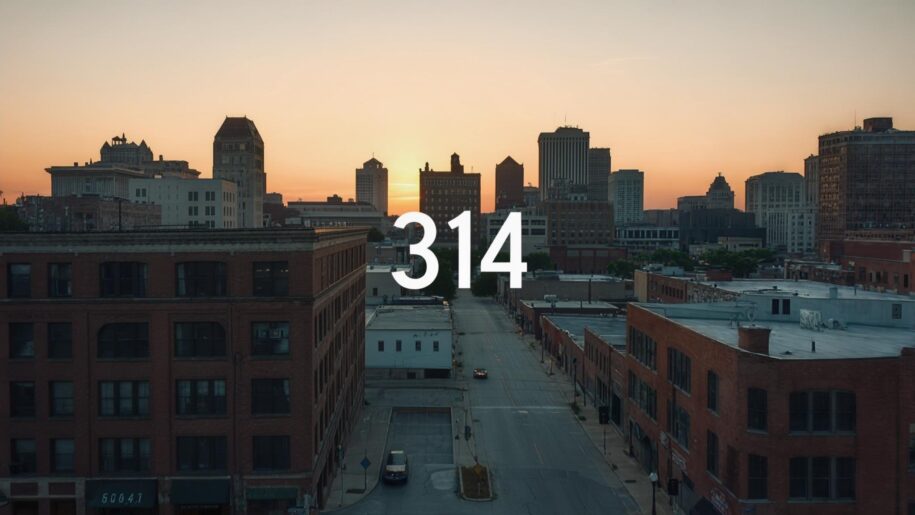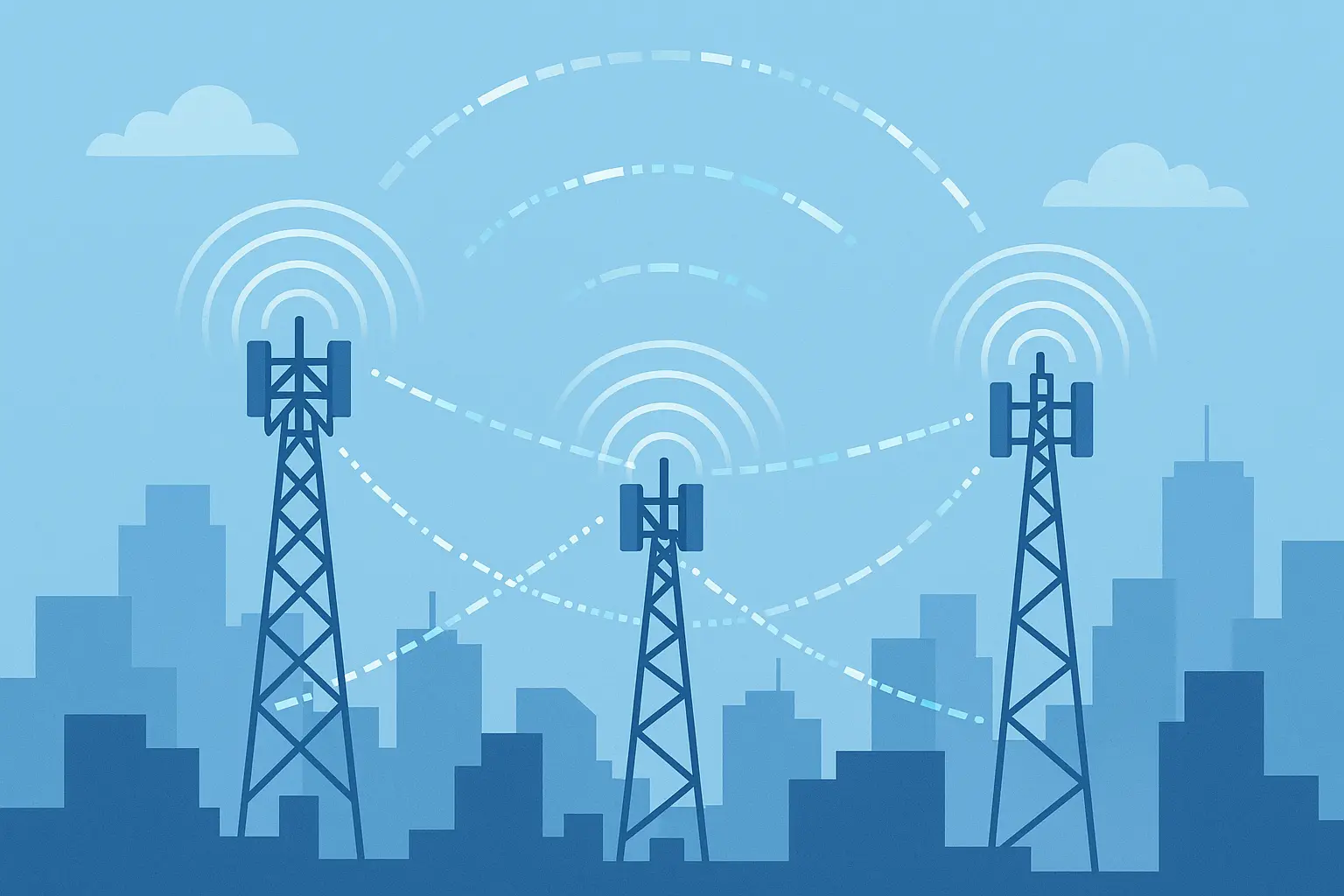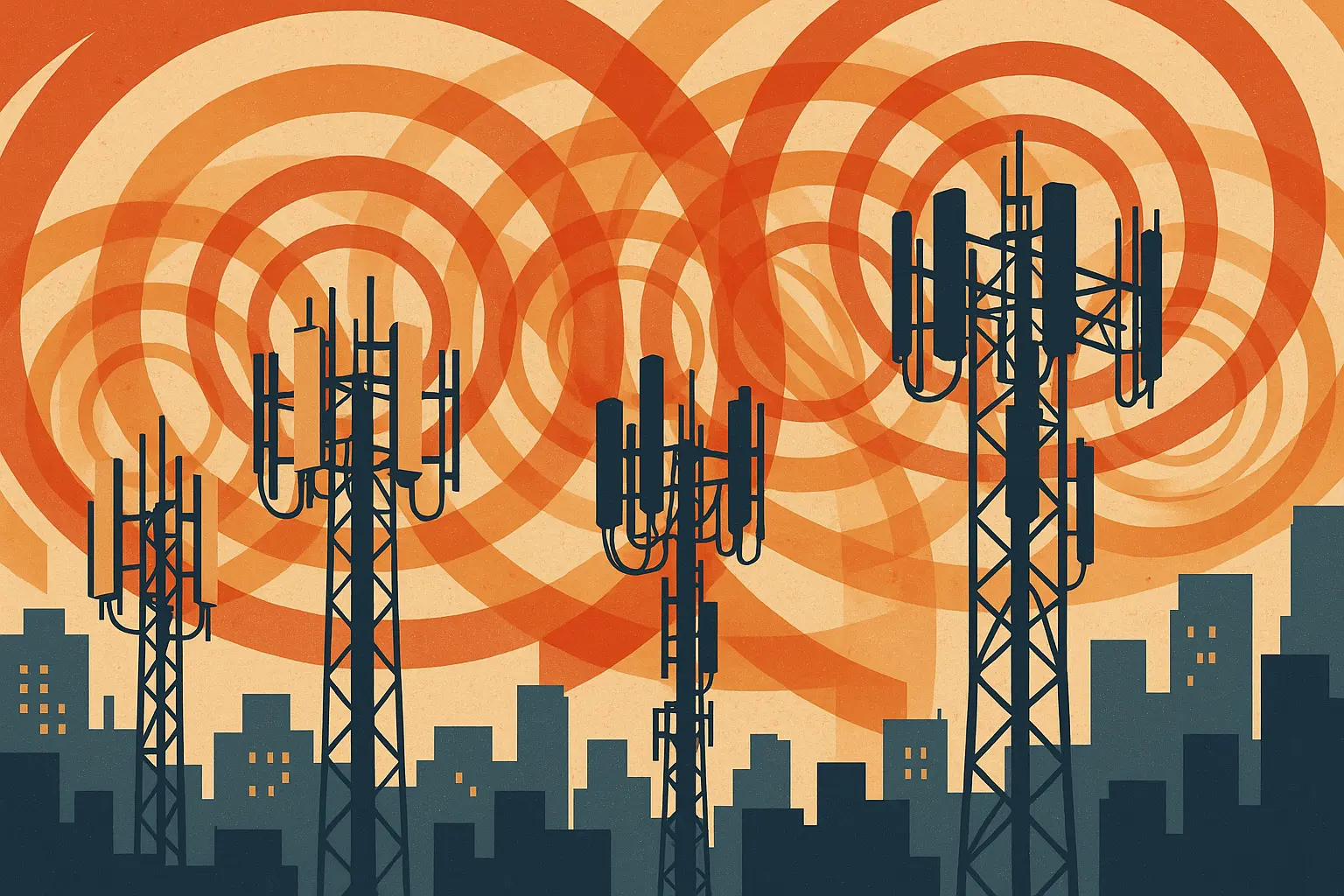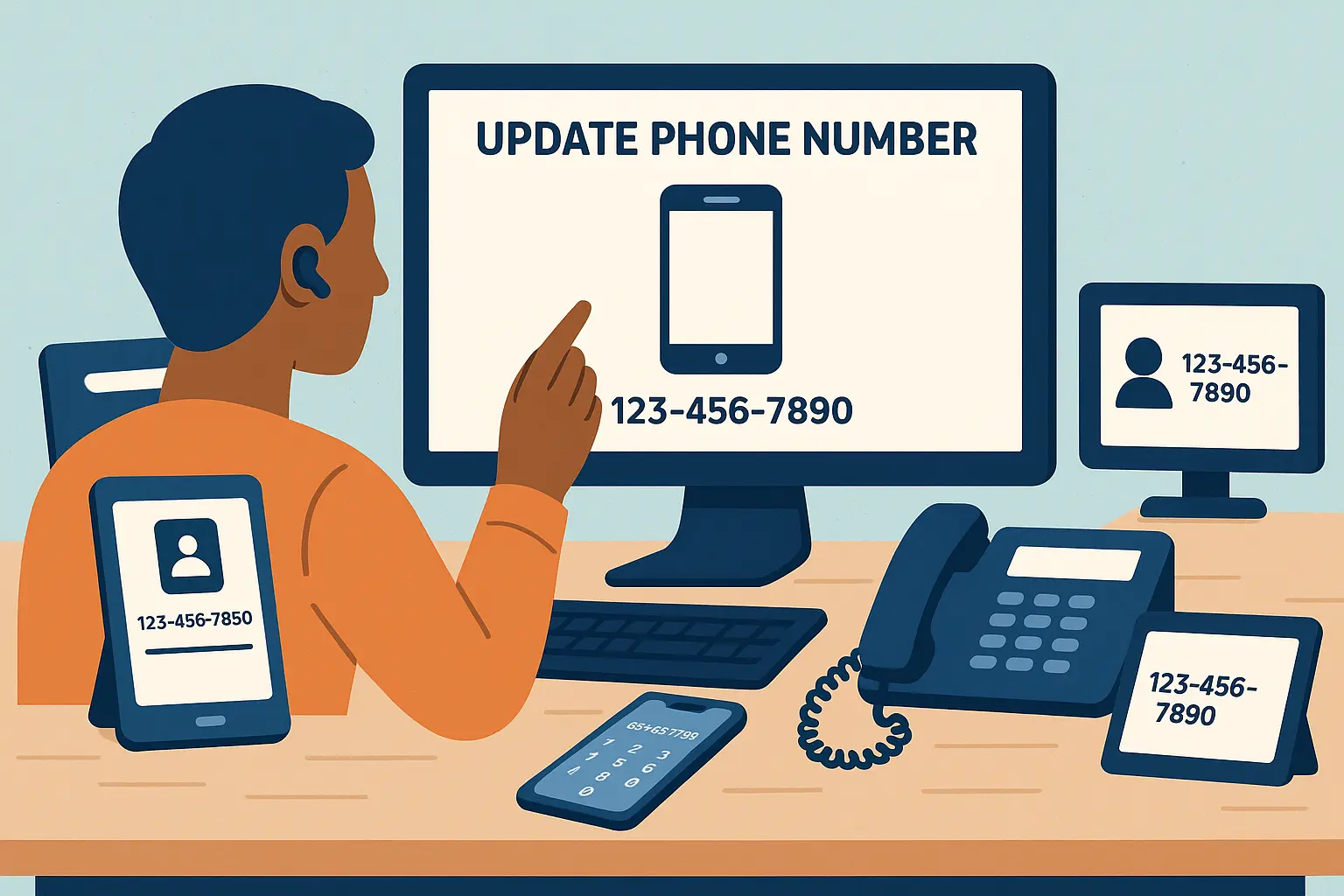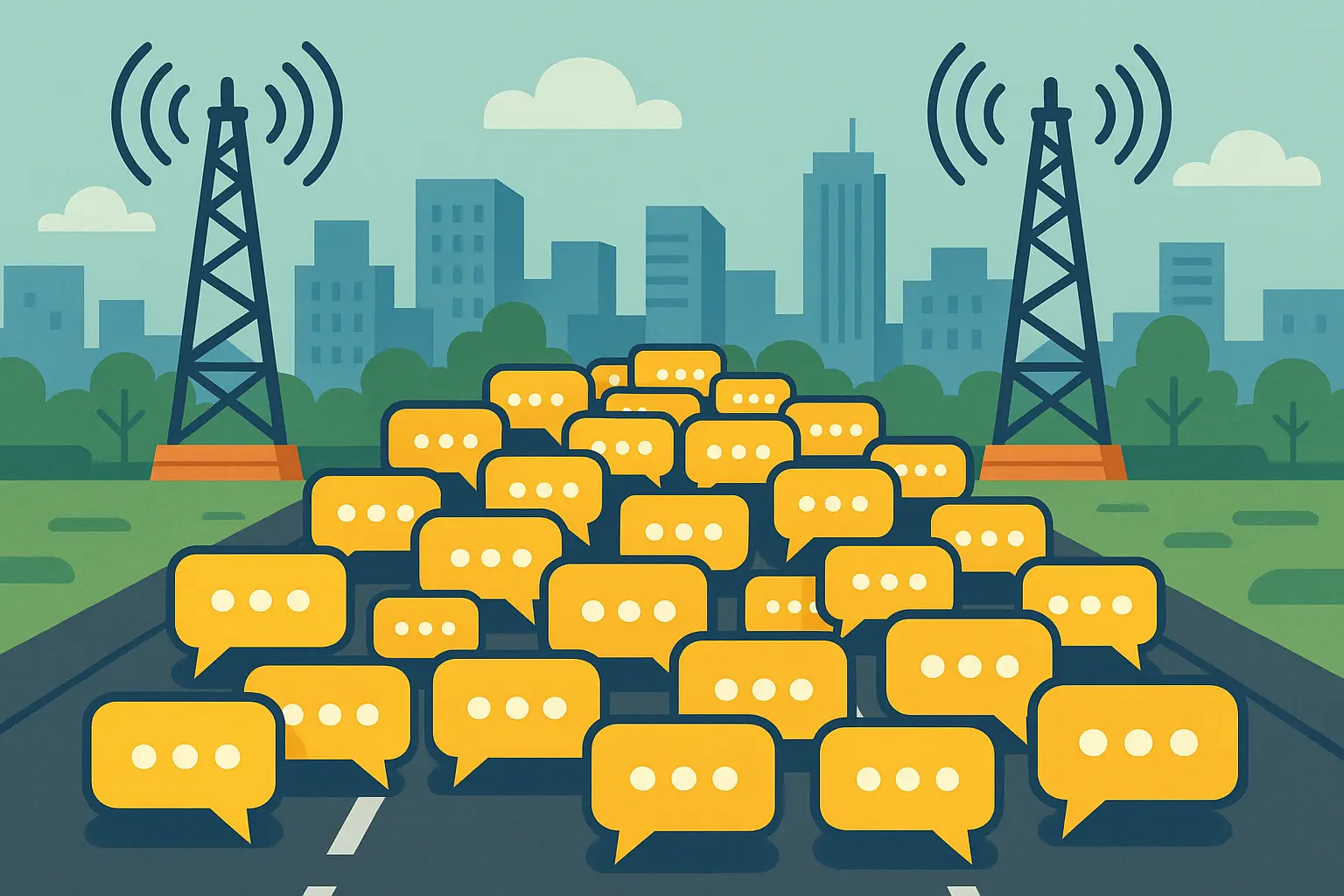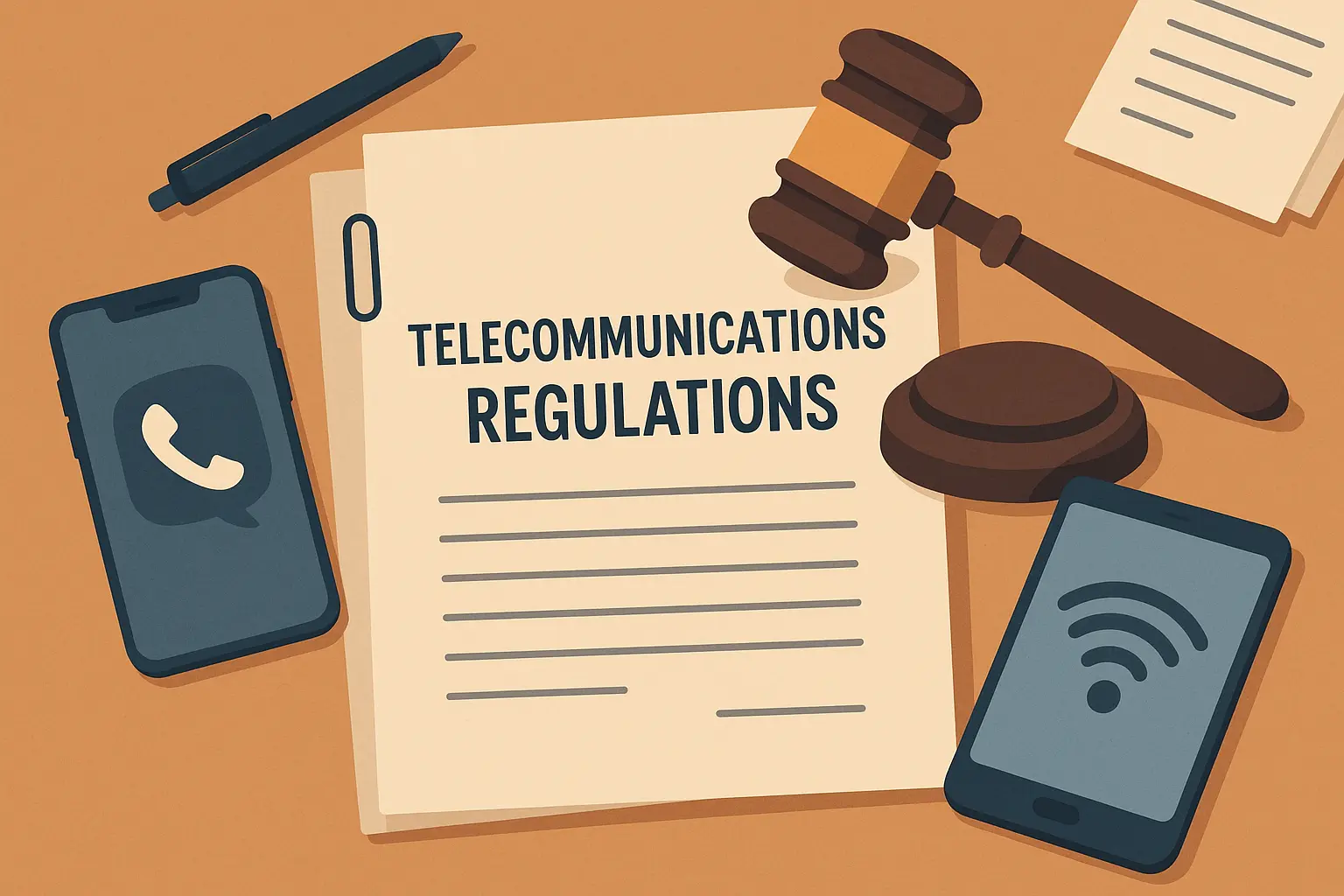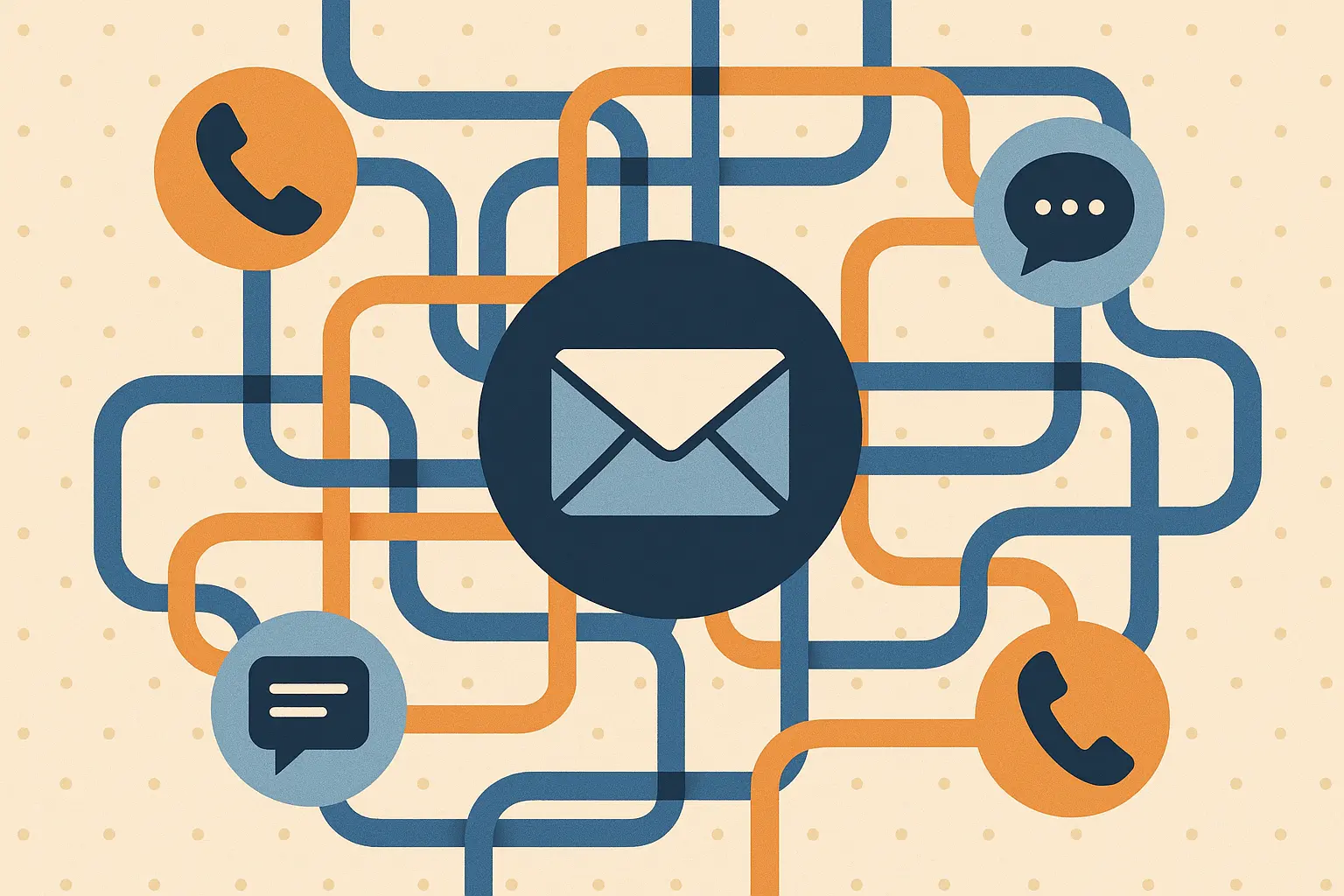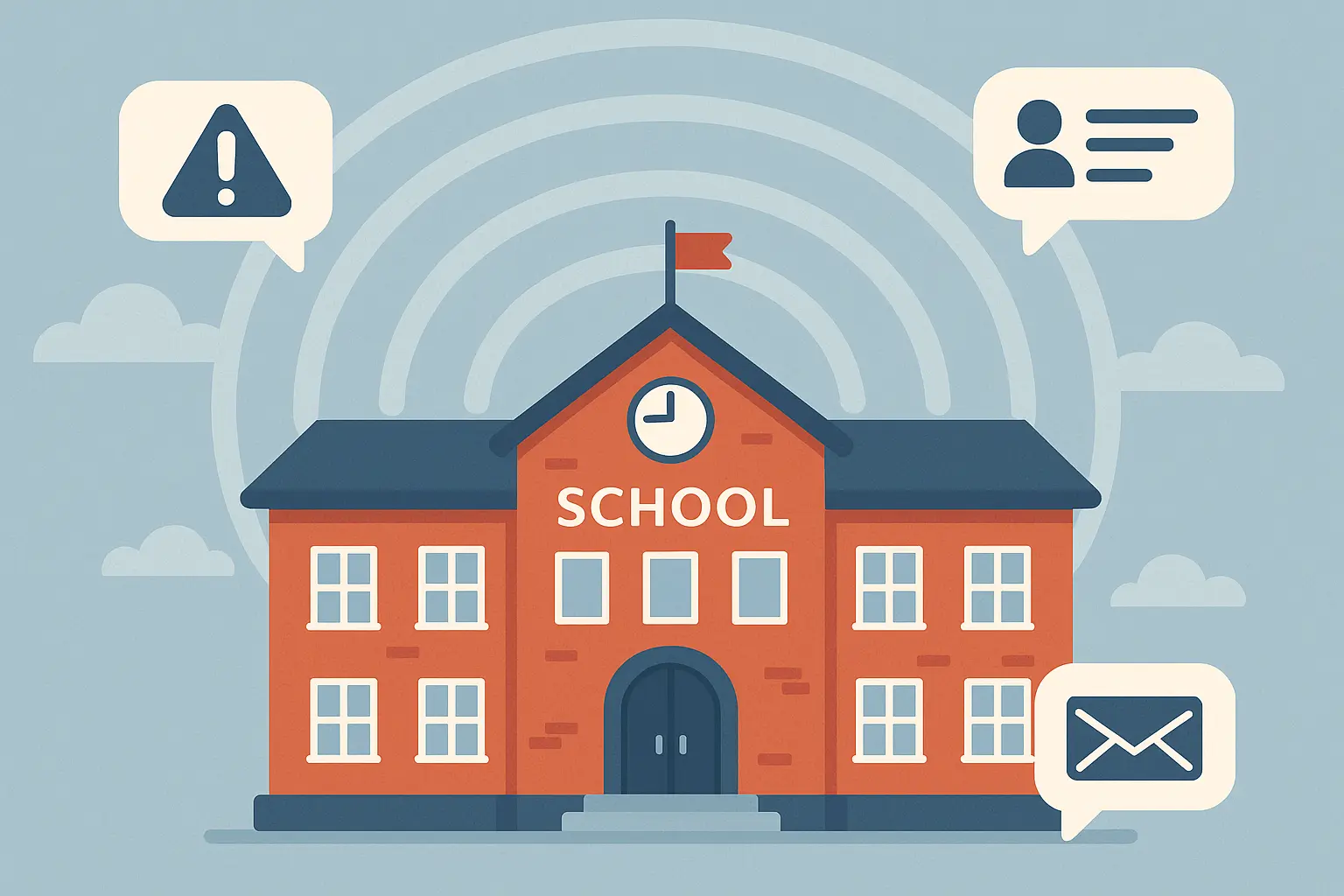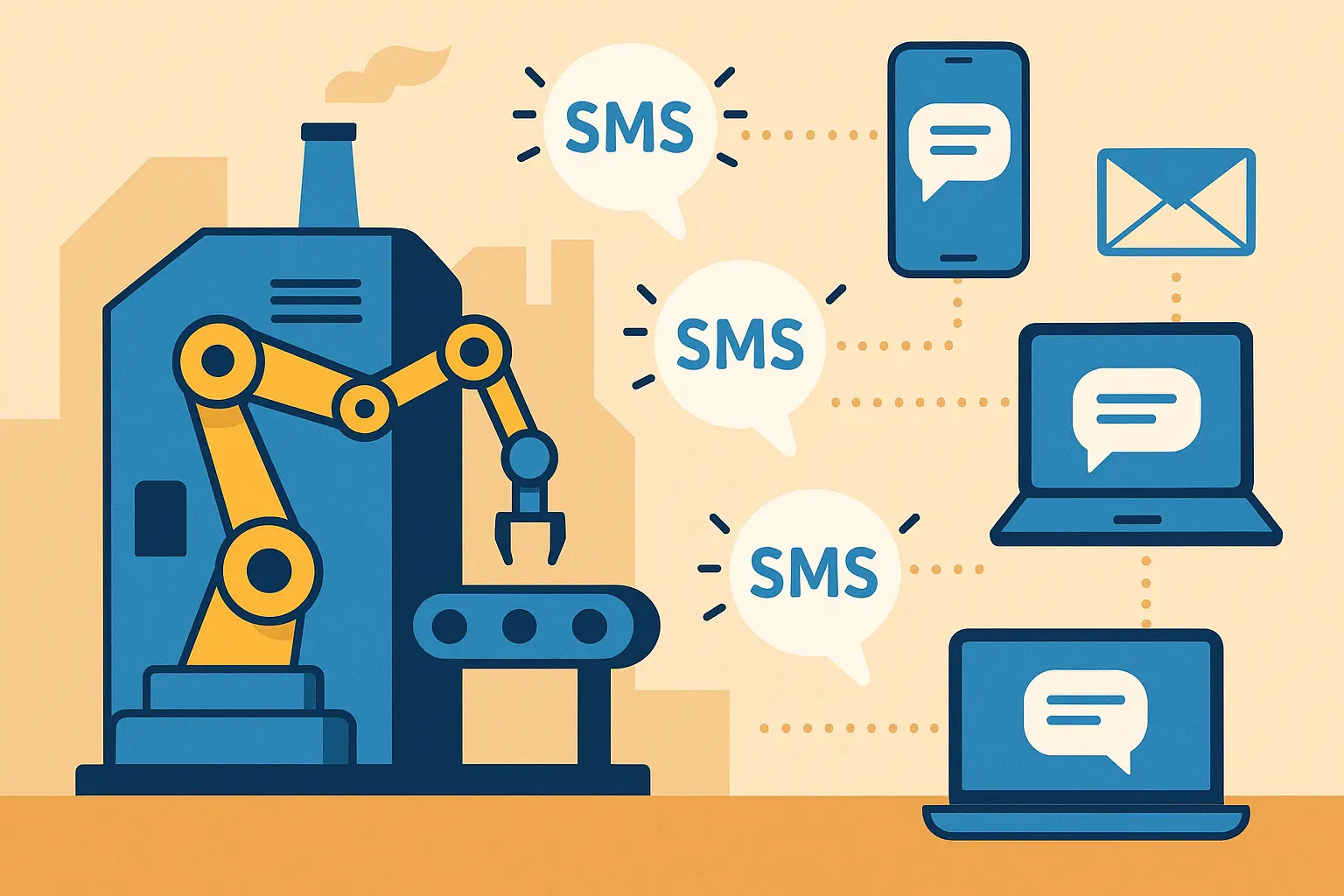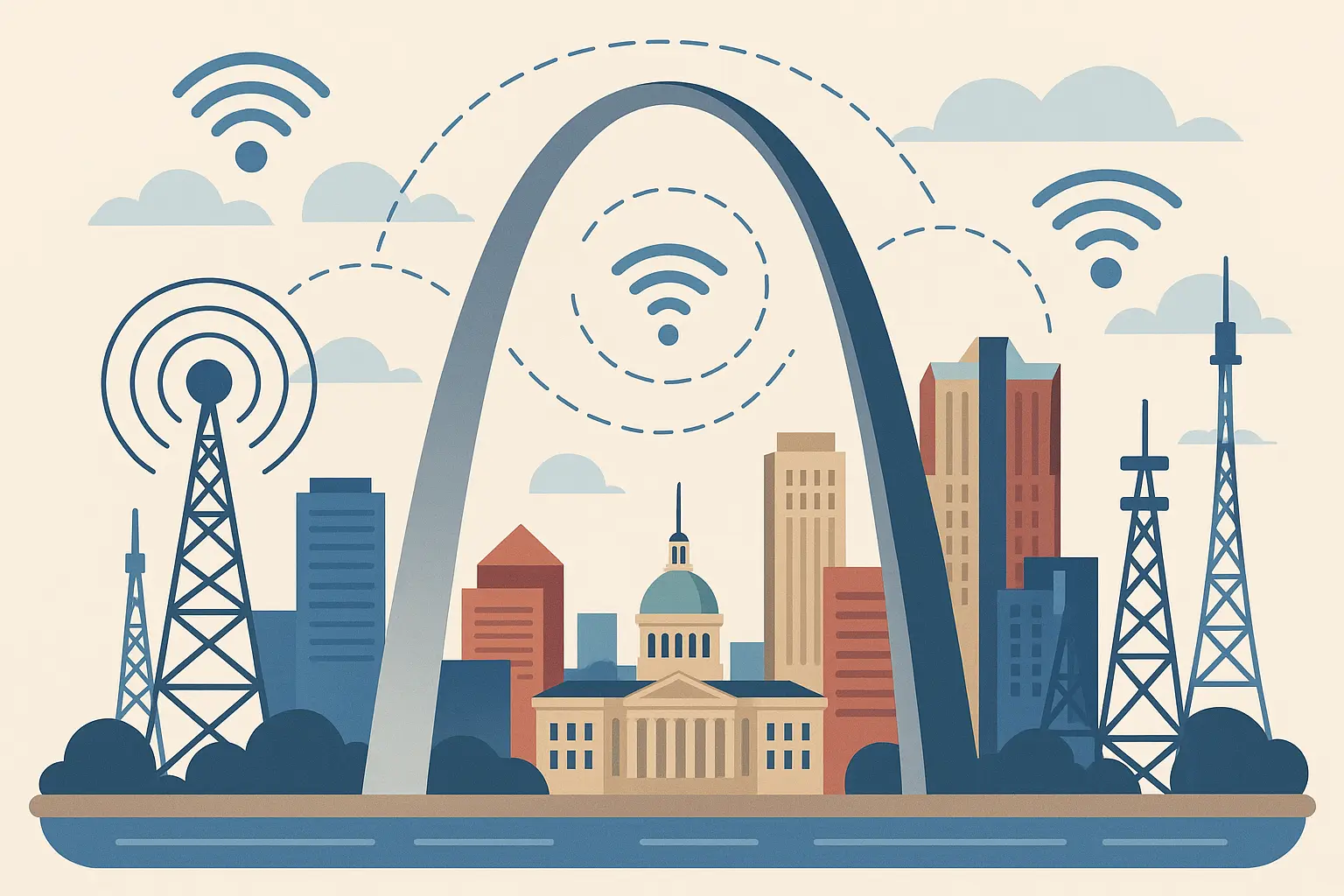Table of Contents
Table of Contents
-
Your 314 Number Is More Complicated Than You Think
-
Why Missouri’s Phone System Actually Messes With Your Daily Life
-
The 557 Overlay Drama That’s Breaking Everything
-
When St. Louis Texts Go to Die (And Why It Happens)
-
Business Communication Headaches You Never Saw Coming
-
The Bottom Line on 314 Area Code Chaos
TL;DR
-
Your 314 area code isn’t just digits—it’s part of a messy phone network that explains why your texts sometimes disappear into the void
-
St. Louis has some seriously complicated phone routing that gets worse during Blues games and rush hour
-
That new 557 overlay means you have to dial 10 digits for everything now, and it’s breaking more stuff than anyone wants to admit
-
Peak texting times in the 314 region can make your “I’m here!” message arrive after you’ve already left
-
If you run a business here, healthcare and school rules make SMS even more complicated
-
Sometimes you need backup plans because our local phone system has more drama than a reality TV show
Your 314 Number Is More Complicated Than You Think
So here’s the thing about our 314 area code that nobody really talks about—it’s not just some random numbers slapped on your phone. It’s actually the reason why your texts sometimes take forever to send, especially when you’re trying to coordinate with friends during a Cardinals game or figure out parking for a Muny show.
I lived in St. Louis for years thinking my phone was just moody. Turns out, our 314 area code is connected to this whole mess of phone networks that’s been around since 1947, and frankly, it shows. What started as phone service for all of eastern Missouri got squeezed down to just the metro area, which sounds simpler but actually made everything more complicated.
Here’s something that blew my mind: according to ZipAtlas demographic data, the total population of Area Code 314 is 1,283,097. That’s over a million people trying to send “what’s for dinner?” texts through the same old phone system. No wonder things get backed up!
Missouri’s Phone Network Actually Affects Your Daily Texts
Look, Missouri sits right in the middle of everything, which sounds great until you realize it means your text messages have to navigate through a bunch of different phone company networks just to reach your friend across town. It’s like your texts are stuck in rush hour traffic on Highway 64, except the traffic is invisible and nobody talks about it.
I figured this out the hard way during a family emergency last year. Messages to my relatives in Illinois were taking forever—we’re talking 10-15 minutes sometimes—while texts to my neighbor next door arrived instantly. Same phone, same plan, totally different results.
How Your Number Got Started Way Back in 1947
The 314 area code is basically a telecommunications dinosaur—it was part of the original phone numbering system rollout in 1947. That means your number is carrying around 75+ years of old routing rules and infrastructure decisions that still mess with how your messages get delivered today.
Think about it: when you send a text from your 314 number to someone with a 636 area code, your message follows paths that were set up when people still had party lines. During Blues playoff games when everyone’s texting at once, those old routing systems get overwhelmed faster than the beer stands at Enterprise Center.
Where 314 Actually Covers Now (Spoiler: It’s Complicated)
Originally, 314 covered all of eastern Missouri, but after years of splitting it up, now it just covers the core St. Louis area. This sounds like it should make things simpler, but it actually created a super-dense phone zone where everyone’s fighting for the same network resources.
|
Coverage Area |
Population |
What Everyone’s Texting About |
|---|---|---|
|
St. Louis City |
348,189 |
Hospital shifts, school pickups, where to meet for drinks |
|
St. Louis County |
998,954 |
Commuter delays, family stuff, work coordination |
|
St. Charles County |
405,262 |
Boeing schedules, soccer carpools, dinner plans |
Why Too Many People in One Area Ruins Your Texts
You know that frustrating moment when you’re running late and your “I’m here!” text takes 5 minutes to deliver? Yeah, that’s our population density at work. When over a million people are all trying to send messages through the same phone towers, things get backed up fast.
Ever notice how your lunch coordination texts turn into a disaster around noon? That’s not a coincidence—everyone’s trying to figure out where to meet at the same time.
Connection Problems You’re Definitely Experiencing
The 314 area deals with some seriously annoying phone network issues that explain why your messages sometimes work perfectly and sometimes disappear into the digital Bermuda Triangle. These aren’t just random glitches—they’re predictable problems that happen when you have this many phone companies trying to work together.
Understanding how to forward text messages to an email address becomes pretty crucial when you’re dealing with 314’s messy phone situation and need backup communication options.
Multiple Phone Companies Create Total Chaos
Here’s the deal: several different phone companies serve the 314 area, which sounds great for choice but creates a nightmare behind the scenes. Your text might bounce between three different company networks before reaching your friend, and each handoff is another chance for something to go wrong.
I switched carriers last year thinking it would solve my messaging problems. Spoiler alert: it didn’t. The problem isn’t your phone company—it’s that all these different networks have to talk to each other, and sometimes they’re not feeling chatty.
Texting Across State Lines Gets Messy
Living in the 314 area means you’re constantly texting people in Illinois, and those cross-state messages have to jump through extra hoops. Different states have different phone regulations, which means your “see you tonight” text to your friend in Belleville might take a scenic route through regulatory paperwork.
For businesses trying to coordinate across state lines from the 314 area, understanding the US phone number format with country code helps make sure messages actually get where they’re going.
Why Missouri’s Phone System Actually Messes With Your Daily Life
Missouri’s position as the phone system crossroads of America sounds impressive until you realize it means your messages have to navigate through more networks than a GPS trying to avoid construction on I-270. This isn’t just technical stuff—it’s why your “running 10 minutes late” text sometimes arrives after you’ve already gotten there.
Here’s something fun I discovered: according to “Celebrate 314 Day in St. Louis” by Spectrum Local News, local businesses actually offer $3.14 discounts on March 14th because our area code has become such a big part of St. Louis culture. Who knew our phone numbers could be so festive? Though I bet those businesses don’t mention how complicated those same numbers make their customer texting systems!
The 557 Overlay Drama That’s Breaking Everything
Okay, so here’s where things get really annoying. The phone company folks decided we needed a new area code—557—because we were running out of 314 numbers. Sounds reasonable, right? Except they made it an “overlay,” which means both area codes cover the same area, and now you have to dial 10 digits for every single call. Even calling your next-door neighbor.
This became official in August 2022 when “New area code coming to St. Louis as 314 numbers running out” reported by First Alert 4 confirmed that we’d officially run out of 314 numbers. Great news if you wanted to keep your 314 number, terrible news for literally everything else.
What This Overlay Actually Means for Your Life
The 557 overlay basically broke the simple way local calling used to work. Remember when you could call your pizza place with just seven digits? Those days are over. Now everything needs all 10 digits, and trust me, it’s messier than you’d think.
My neighbor got a 557 number last month, and now her Ring doorbell notifications are all wonky because the system wasn’t programmed to handle 10-digit dialing. She has to manually update every single contact and device in her house. It’s like Y2K all over again, but for area codes.
10-Digit Dialing Is Breaking More Than You Think
This mandatory 10-digit dialing requirement is causing headaches for everything from business phone systems to medical alert devices. Your auto-dial features, contact lists, and even some apps are struggling with the change, and it’s creating missed connections all over the place.
Stuff You Need to Fix Because of 10-Digit Dialing:
-
Every contact in your phone (yes, all of them)
-
Your office phone system’s speed dial
-
That fax machine nobody uses but somehow still needs to work
-
Your website’s contact forms
-
Business cards (expensive surprise!)
-
Medical alert devices
-
Security system phone numbers
-
Speed dial on every phone in your house
Business Systems Having a Complete Meltdown
If you run a business in St. Louis, the 557 overlay probably broke something you didn’t even know could break. Customer management systems, automated calling setups, and message routing software all need updates to handle this new complexity, and most business owners had no idea this was coming.
Number Portability Makes Everything More Confusing
Here’s another fun wrinkle: you can keep your 314 number even when switching phone companies, which sounds great but makes message routing even more unpredictable. Your number might look like it belongs to Verizon, but actually routes through AT&T’s network, making it impossible to predict how long your messages will take.
Your Messages Are Taking Mystery Routes
When you text another 314 number, that message might travel through three different phone company networks before arriving. Each company has different delivery speeds and ways of handling problems, so your message’s journey becomes about as predictable as St. Louis weather.
When St. Louis Texts Go to Die (And Why It Happens)
Managing texts in the 314 area requires understanding some seriously annoying technical stuff that affects when and if your messages actually reach people. The concentrated urban environment creates traffic jams for your messages, and some times of day are just disasters for communication.
Android users dealing with SMS delivery problems in the 314 area should check out how to forward text messages on an Android phone for backup communication strategies when the networks get overwhelmed.
When Your Messages Get Stuck in Digital Traffic
The 314 area has predictable patterns for when texts work great and when they completely fall apart. Understanding these patterns helps explain why your “what’s for dinner?” text arrives instantly at 2 PM but takes 10 minutes at 6 PM.
With 64.9% of people in the labor force in Area Code 314, we get massive text traffic spikes during business hours when everyone’s trying to coordinate work stuff, lunch plans, and “I’m leaving now” messages.
Peak Hours Hit Different in St. Louis
Text traffic in the 314 area follows patterns that make total sense once you know about them. During these busy times, message delivery slows way down as the networks try to handle everyone texting at once.
|
Time Period |
How Bad It Gets |
Average Delay |
What Everyone’s Texting |
|---|---|---|---|
|
7:00-9:00 AM |
Pretty Bad |
15-30 seconds |
“Traffic is terrible” and coffee meetup plans |
|
12:00-1:00 PM |
Really Bad |
30-60 seconds |
“Where should we eat?” coordination disasters |
|
5:00-7:00 PM |
Absolute Chaos |
45-90 seconds |
“Leaving work now” messages that arrive tomorrow |
|
9:00 PM-6:00 AM |
Actually Works |
1-5 seconds |
Finally, texts work like they should |
I’ve definitely noticed this pattern. Try sending a group text about dinner plans at 5:30 PM on a weekday—good luck getting everyone’s response before you’ve already ordered!
Emergency Alerts Mess With Regular Texting
The 314 area
The 314 area has specific emergency systems that can temporarily hijack normal text routing during severe weather or public safety stuff. These interruptions prioritize emergency messages, which is good, but can delay your regular texts, which is annoying when you’re trying to coordinate during a storm.
Different Phone Companies, Completely Different Speeds
The various phone companies serving the 314 area have dramatically different text delivery speeds. Your message’s arrival time depends on which company networks it travels through, creating totally inconsistent experiences that’ll drive you crazy when you need reliable timing.
Rules and Regulations You Never Knew Existed
Running any kind of text forwarding or management system in the 314 area means dealing with specific rules about how messages can be handled and stored. These regulations particularly affect business communications and can create compliance headaches you never saw coming.
Missouri’s Text Message Laws Actually Matter
Missouri has state-level rules about how text messages can be forwarded, stored, and processed, especially for business communications. These laws create specific requirements that can complicate simple forwarding setups and require careful attention to privacy rules.
Business Communication Headaches You Never Saw Coming
If you run a business in St. Louis, the 314 area’s phone system quirks create specific challenges that can seriously mess with your customer communications. Regional phone infrastructure, local communication patterns, and industry rules all combine to create problems you probably never anticipated.
Businesses in the 314 region often find success with getting started with AutoForward SMS for the first time to create reliable backup communication systems that work across multiple phone company networks.
Planning for When Everything Goes Wrong
If you operate a business in the 314 area, you need backup plans for when text delivery completely fails across different phone company networks. The complexity of our local phone system means relying on just one communication method can leave you scrambling when things inevitably break.
Given that the unemployment rate in Area Code 314 is 5.0%, businesses need reliable communication systems to coordinate with employees and maintain operations during economic ups and downs.
Building Backup Systems That Actually Work
Creating effective backup plans for the 314 region requires understanding the specific ways our local phone networks typically fail. You need systematic approaches to handle text delivery problems, including automatic retry systems and alternative delivery methods.
Text Backup Plan That Actually Works:
-
First Try: Regular carrier text messaging
-
If That Fails: Email-to-text gateway system
-
If That Also Fails: Voice call notification
-
Keep Track: Real-time delivery monitoring
-
Automatic Switch: Failover after 2 failed attempts
-
Check Results: Daily delivery success tracking
-
Test Everything: Weekly backup system verification
Tracking Performance Across Multiple Networks
Setting up monitoring systems to track text delivery success rates across the various phone companies serving the 314 area helps you make smarter decisions about which networks actually work when you need them. This performance data becomes crucial for figuring out the best ways to route messages and spotting problems before they mess up critical business communications.
Industry-Specific Complications in St. Louis
The 314 area’s concentration of healthcare, education, and manufacturing businesses creates unique requirements for text communication systems. Each industry brings specific compliance requirements, communication protocols, and integration needs that turn simple messaging solutions into complicated headaches requiring specialized approaches.
Healthcare’s Ridiculously Strict Message Rules
Medical facilities in the 314 region face HIPAA compliance requirements that seriously complicate text forwarding and management. Patient communications must maintain strict privacy protections while ensuring critical messages reach appropriate staff members, creating a complex balance between accessibility and security.
A major St. Louis hospital system discovered that their text notification system for patient appointments was accidentally storing message logs on servers that didn’t meet HIPAA encryption standards. They had to completely rebuild their messaging infrastructure to ensure patient information stayed protected while maintaining reliable communication with medical staff across multiple 314 area facilities. Talk about an expensive surprise!
Schools Need Special Handling Too
Universities and schools in the 314 area need text systems that can handle emergency notifications, student communications, and administrative messages while maintaining appropriate privacy protections. The diverse communication needs of educational institutions create unique challenges for message routing and delivery that most people never think about.
Educational institutions in the 314 area often need to forward text messages to a Slack channel for coordinating emergency notifications and administrative communications across multiple departments and campuses.
Manufacturing’s 24/7 Communication Nightmare
Industrial facilities in the St. Louis metro area rely heavily on texts for equipment alerts, shift communications, and supply chain notifications that need reliable delivery to multiple people simultaneously. The round-the-clock nature of manufacturing operations means communication failures can have immediate operational impacts that cost real money.
This is where Auto Forward SMS becomes invaluable for 314 area code businesses. The platform addresses the collaborative nature of St. Louis metropolitan area businesses by forwarding SMS messages to multiple email addresses simultaneously. Its URL forwarding capabilities enable seamless integration with existing business management systems commonly used in the region’s diverse industrial base. Even during regional network disruptions or carrier maintenance windows, the system’s robust retry mechanisms and cloud-based configuration ensure critical business communications continue flowing through reliable email delivery channels.
The Bottom Line on 314 Area Code Chaos
Look, your 314 area code connects you to a phone system that’s way more complicated than most people realize. All these challenges we’ve talked about—from phone company network problems to overlay complications and regional traffic patterns—directly impact your daily texting experience, whether you notice it or not.
Understanding this mess helps explain why some messages arrive instantly while others seem to vanish into the digital void, why certain times of day create communication delays, and why businesses in the St. Louis area often struggle with reliable text delivery. The 314 region’s unique position as a major metropolitan phone hub creates both opportunities and obstacles that require some strategic thinking to navigate effectively.
If you’re dealing with critical communications in the 314 area—whether personal or business—having reliable backup systems isn’t just convenient, it’s essential. The phone landscape will keep evolving, but the fundamental challenges of managing communications in high-density urban areas like ours will stick around.
I mean, seriously—who knew that living in St. Louis meant getting a crash course in telecommunications engineering just to figure out why your pizza delivery texts aren’t going through? But now you know, and knowing is half the battle. The other half is having backup plans for when the 314 phone system decides to have one of its moody days.
